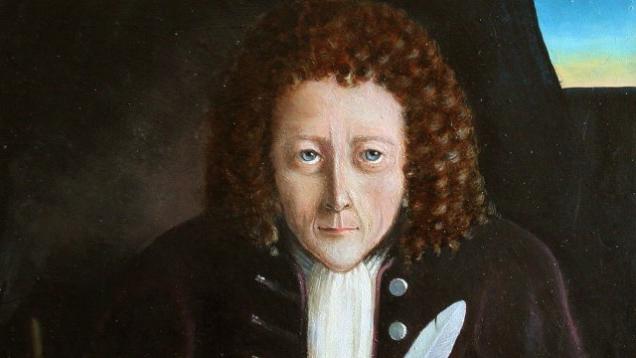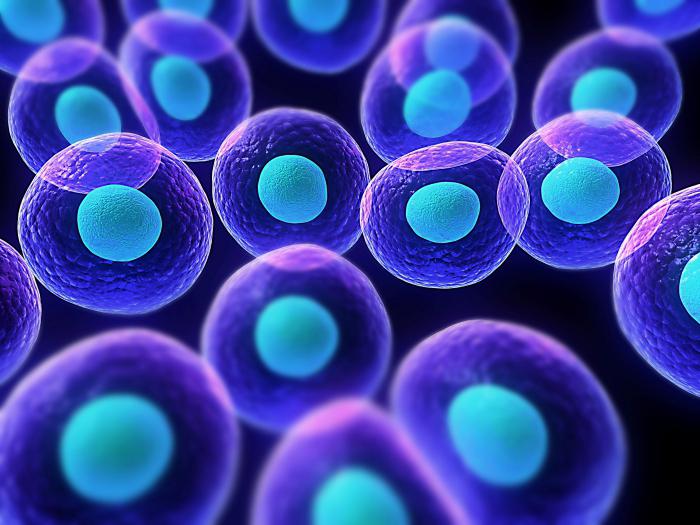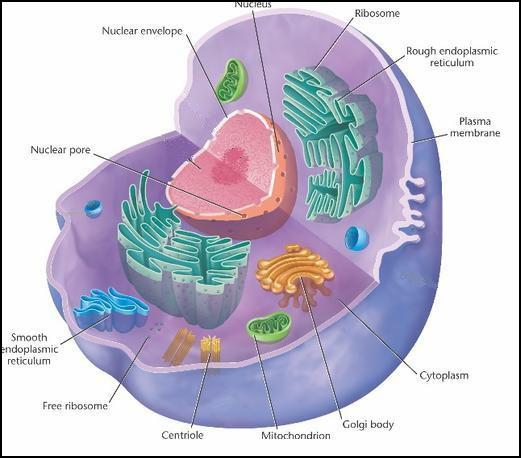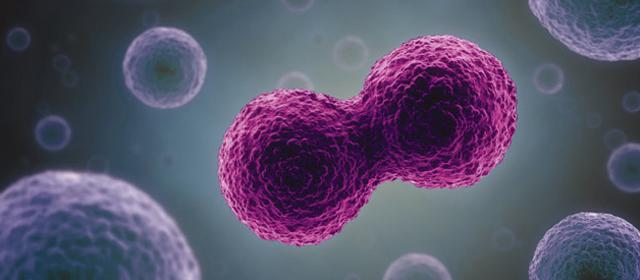A cell is ... The structure and basic functions of cells
Almost all living organisms are based on the simplest unit - the cell. You can find a photo of this tiny biosystem, as well as answers to the most interesting questions in this article. What is the structure and size of the cell? What functions does it perform in the body?
A cage is ...
Scientists do not know the exact time of the emergence of the first living cells on our planet. In Australia, their remains have been found 3.5 billion years old. However, it was not possible to accurately establish their biogenicity.
The cell is the simplest unit in the structure of almost all living organisms. The only exceptions are viruses and viroids, which are non-cellular forms of life.
A cell is a structure that can exist autonomously and self-replicate. Its sizes can be different - from 0.1 to 100 microns and more. However, it should be noted that unfertilized bird eggs can also be considered cells. Thus, the ostrich egg can be considered the largest cell on Earth. In diameter, it can reach 15 centimeters.
The science that studies the characteristics of life and the structure of the body's cells is called cytology (or cell biology).
Cell discovery and research
Robert Hooke is an English scientist who is known to all of us from his school physics course (it was he who discovered the law of deformation of elastic bodies, which was named after him). In addition, it was he who first saw living cells, examining sections of a cork tree through his microscope. They reminded him of a honeycomb, so he called them cell, which means "cell" in English.

The cellular structure of plants was confirmed later (at the end of the 17th century) by many researchers. But the cellular theory was extended to animal organisms only at the beginning of the 19th century. Around the same time, scientists became seriously interested in the contents (structure) of cells.
Powerful light microscopes allowed to examine in detail the cell and its structure. They still remain the main tool in the study of these systems. And the appearance in the last century of electron microscopes made it possible for biologists to study the ultrastructure of cells. Among the methods of their research, biochemical, analytical and preparative ones can also be distinguished. You can also find out what a living cell looks like - the photo is given in the article.

Chemical structure of a cell
The cell contains many different substances:
- organogens;
- macronutrients;
- micro- and ultramicroelements;
- water.
About 98% of the chemical composition of the cell is made up of the so-called organogens (carbon, oxygen, hydrogen and nitrogen), another 2% are macronutrients (magnesium, iron, calcium and others). Micro- and ultramicroelements (zinc, manganese, uranium, iodine, etc.) - no more than 0.01% of the entire cell.
Prokaryotes and eukaryotes: the main differences
Based on the peculiarities of the cell structure, all living organisms on Earth are divided into two kingdoms:
- prokaryotes are more primitive organisms that have evolved through evolution;
- eukaryotes are organisms whose cell nucleus is fully formed (the human body also belongs to eukaryotes).
The main differences between eukaryotic cells and prokaryotes:
- larger sizes (10-100 microns);
- division method (meiosis or mitosis);
- type of ribosome (80S ribosomes);
- type of flagella (in the cells of eukaryotic organisms, the flagella consist of microtubules, which are surrounded by a membrane).
Eukaryotic cell structure
The structure of a eukaryotic cell includes the following organelles:
- core;
- cytoplasm;
- Golgi apparatus;
- lysosomes;
- centrioles;
- mitochondria;
- ribosomes;
- vesicles.

The nucleus is the main structural element of the eukaryotic cell. It is in it that all the genetic information about a particular organism is stored (in DNA molecules).
Cytoplasm is a special substance that contains the nucleus and all other organelles. Thanks to a special network of microtubules, it ensures the movement of substances inside the cell.
The Golgi apparatus is a system of flat cisterns in which proteins are constantly maturing.
Lysosomes are small bodies with a single membrane, the main function of which is to break down individual cell organelles.
Ribosomes are universal ultramicroscopic organelles, the purpose of which is to synthesize proteins.
Mitochondria are a kind of "lung" cells, as well as its main source of energy.
The main functions of the cell
The cell of a living organism is called upon to perform several important functions that ensure the vital activity of this very organism.
The most important function of the cell is metabolism. So, it is she who breaks down complex substances, turning them into simple ones, and also synthesizes more complex compounds.
In addition, all cells are capable of responding to external irritants (temperature, light, and so on). Most of them also have the ability to regenerate (self-heal) by fission.

Nerve cells can also respond to external stimuli through the generation of bioelectric impulses.
All of the above cell functions provide the vital activity of the organism.
Conclusion
So, a cell is the smallest elementary living system, which is the basic unit in the structure of any organism (animal, plant, bacteria). In its structure, the nucleus and the cytoplasm are isolated, which contains all the organelles (cell structures). Each of them performs its own specific functions.
Cell size varies widely - from 0.1 to 100 micrometers. The peculiarities of the structure and vital activity of cells are studied by a special science - cytology.







